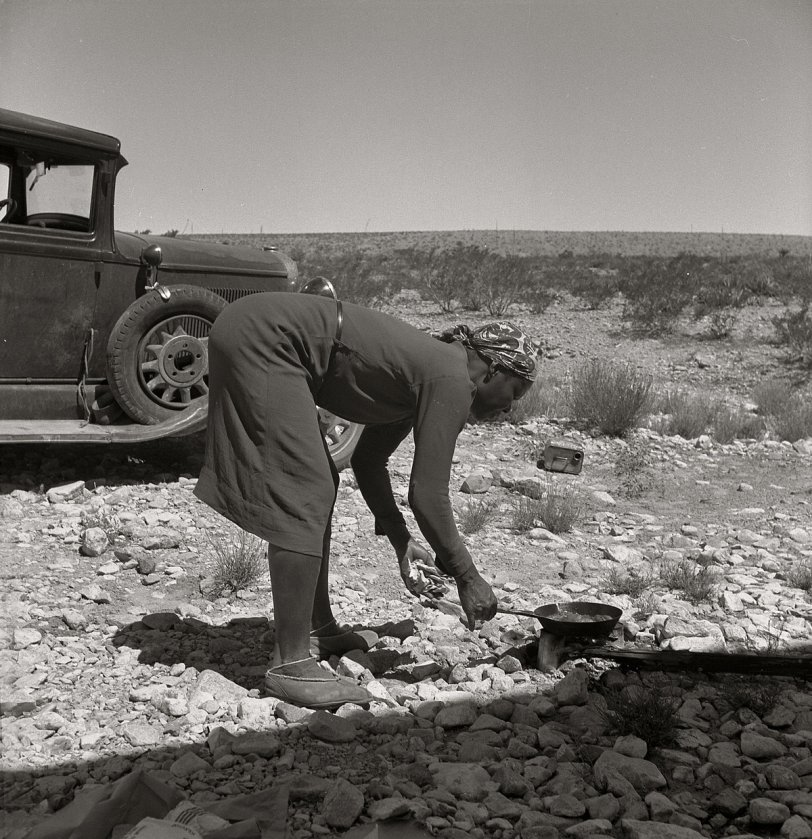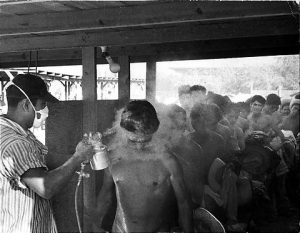Article by Bruce Berman
The Atlantic Monthly just published an article about the FSA (Farm Security Administration) and how minority Americans (African-Americans and Latino Americans) were ignored by the FSA during its four year run.
It’s title is: Whitewashing the Great Depression.
It is factually misinforming.
Four years ago I co-authored (with my colleague Dr. Mary Lamonica) an article titled, “The Photographer as Cultural Outsider.”
It focused on Russell Lee and his 1949 project shot for George I. Sanchez who was the first Latino Dept. Head at UT-Austin and one of the early Civil Rights warriors in LULAC (League of United Latin American Citizens). Sanchez had created The Study of the Spanish-Speaking People of Texas project. Lee, of course, was an FSA shooter of great renown and prestige (and later OWI/Office of War Information). He had settled after his WW 2 service in Austin, Texas, the same city as Sanchez’.
Our article was a little more nuanced than the Atlantic piece and delved into the issue of cultural identity of the photographer (or writer or filmmaker) in shaping not only his/her viewpoint but how various ethnic subjects react to a photographer.


